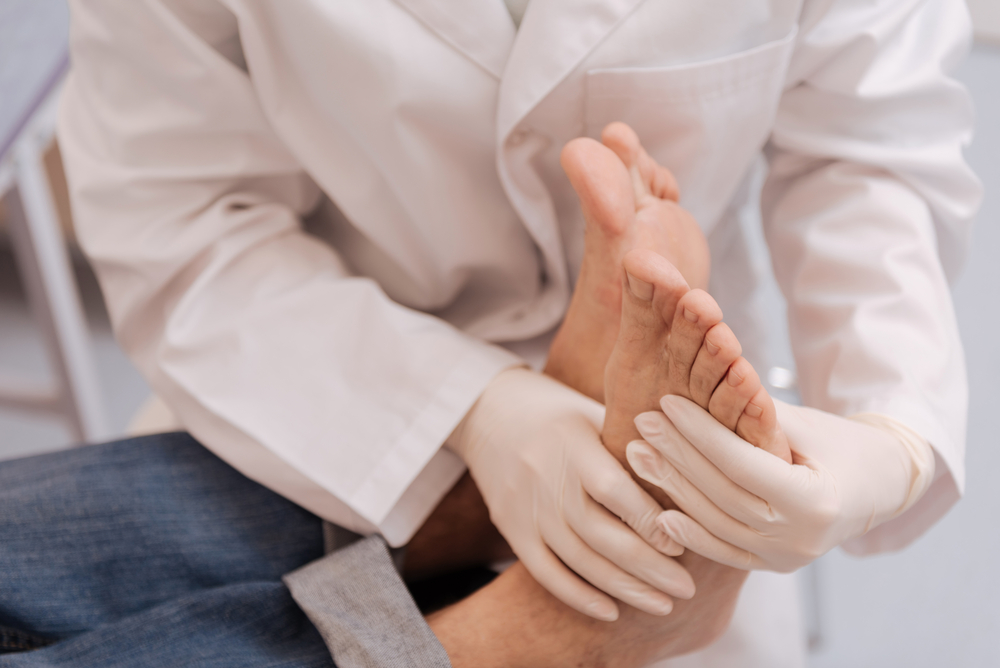DIAGNOSIS
Your doctor diagnoses gangrene by examining your skin, taking your medical history, and requesting various tests.
TREATMENT
Dead tissue removal
Dead tissue may be extracted by conventional surgery or by a form of biosurgery called larval debridement therapy. If gangrene is serious, amputation of the damaged finger, toe, or limb is often the only alternative, and the removal of dead tissue to prevent its spread may be impossible.
Blood flow restoration
In some cases, doctors surgically mend blood vessels. The restored vessels allow blood flow to reach the gangrene-affected areas so that the tissue can regenerate. Moreover, this can prevent reoccurrence.
Treating the infection
Doctors prescribe antibiotics to treat and prevent gangrene caused by a bacterial infection.
Other treatments
Other therapies can also be used, such as hyperbaric oxygen therapy or HBOT. You are sealed within a high-pressure oxygen chamber during HBOT, where high levels of oxygen circulate to help repair dying tissue. The high concentration of oxygen can also help reduce bacterial growth.


